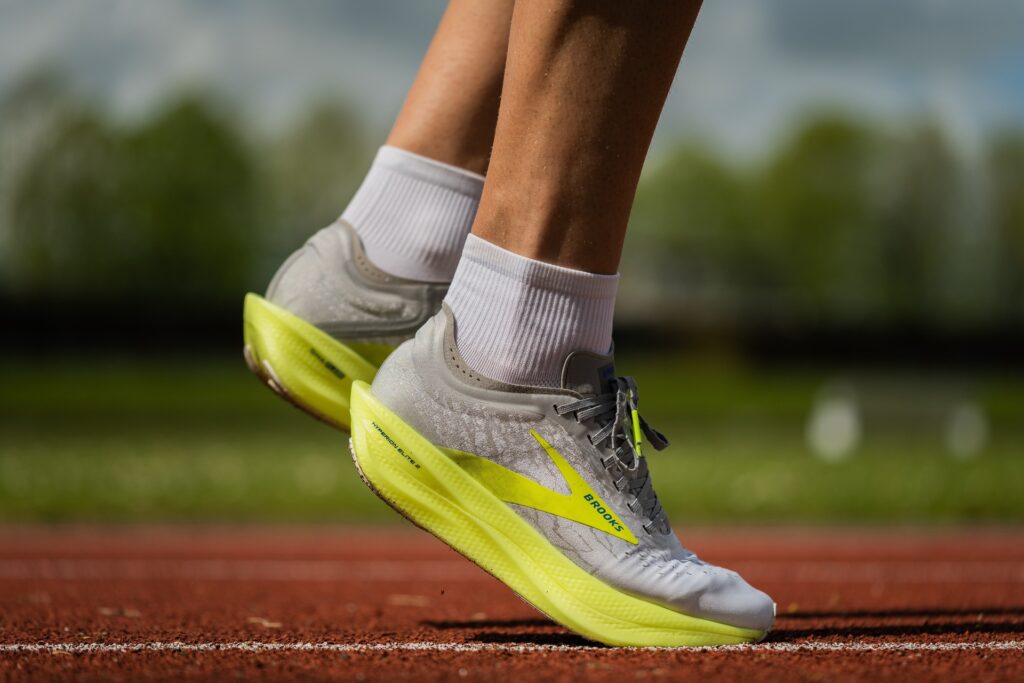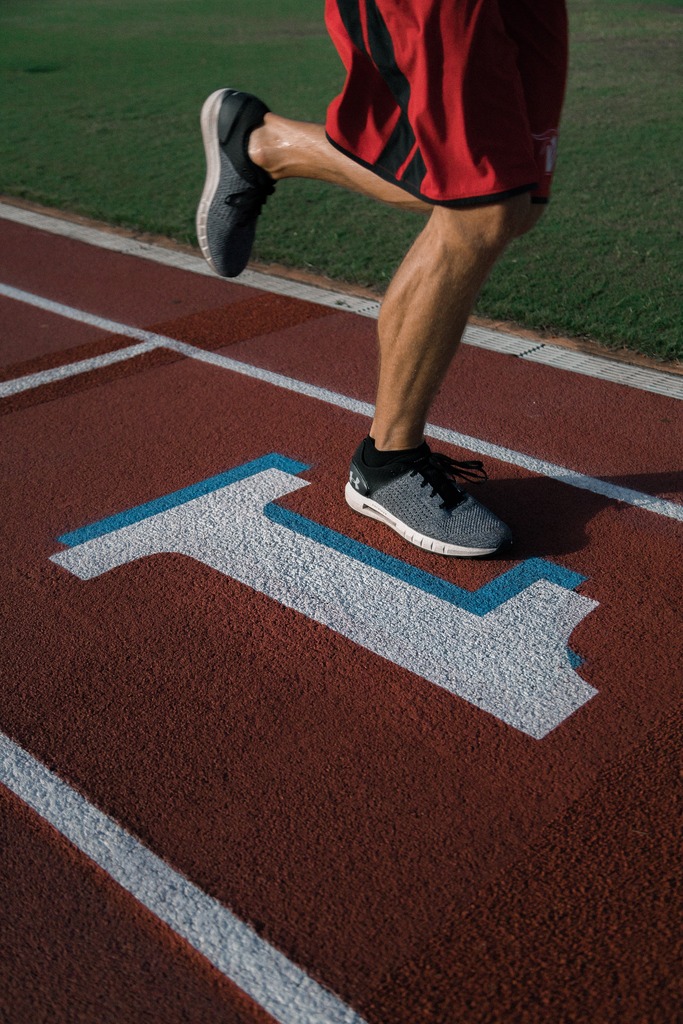Image Credit – https://unsplash.com/photos/5PY59OkipMg
Running is one of the most accessible and rewarding forms of exercise, but it can be hard on your feet if you’re not equipped with the right pair of running shoes. Choosing the perfect running shoes is crucial for your comfort, performance, and injury prevention. With countless options on the market, selecting the ideal pair can be overwhelming. In this ultimate guide, we’ll walk you through the essential factors to consider when choosing the right running shoes to make your decision a breeze.
Know Your Running Style
The first step to finding the right running shoes is to determine your running style. Your style might influence the type of shoe that’s best for you. Are you primarily a road runner, a trail runner, or a mix of both? Consider the terrain you’ll be running on as it plays a vital role in your shoe selection. Fleet Feet offers a wide range of options to choose from.
Road Running: Opt for shoes designed for smooth surfaces and consistent traction. They are typically lightweight and cushioned for shock absorption.
Trail Running: Choose shoes with rugged outsoles for better grip on uneven and challenging terrains. They often have added protection and stability features.
Understand Your Foot Type
Knowing your foot type is essential in selecting the right running shoes. Three common foot types are:
Pronation: If your feet roll inward excessively, you have overpronation. Look for stability or motion-control shoes with extra support to prevent injury.
Neutral: Neutral runners have a balanced foot strike, and they can generally wear a wider range of shoe types. Choose shoes that match your running style.
Supination: Supinators’ feet roll outward, so they need cushioned shoes with shock absorption to reduce impact.
To determine your foot type, visit a speciality running store or consult with a podiatrist.
Get a Proper Fit
The fit is paramount when choosing running shoes. A poorly fitting shoe can lead to discomfort, blisters, and even injuries. Here’s how to ensure a perfect fit:
Measure Your Feet: Your shoe size can change over time, so it’s essential to measure both feet. Choose the size that fits the larger foot.
Shop in the Afternoon: Your feet tend to swell throughout the day, so it’s best to shop for running shoes in the late afternoon or evening.
Shoes come in different widths, so make sure you choose the one that accommodates the width of your feet.
Toe Room: There should be about a thumbnail’s width of space between your longest toe (usually the big toe) and the shoe’s end.
Heel Fit: Your heel should be snug but not too tight, and it shouldn’t slip when you walk or run.
Test the Shoes
Most speciality running stores allow you to test the shoes on a treadmill or around the store. Pay attention to how the shoes feel while running and walking.
Comfort: Your running shoes should feel comfortable from the moment you put them on. There should be no rubbing, pinching, or pressure points.
Arch Support: Ensure the arch support matches your foot type. A good shoe store should guide on this.
Flexibility: Your running shoes should have the right balance of flexibility and support. They should flex at the ball of the foot, where you push off when running.
Cushioning: The level of cushioning depends on your personal preference and the distance you plan to run. Cushioning is crucial for longer runs, while some minimalist runners prefer less cushioning.
Consider the Drop or Offset
The “drop” or “offset” of a running shoe refers to the height difference between the heel and the forefoot. Different shoes have varying drop measurements, which can influence your running form and comfort. Fleet Feet hosts a wide range of brands, one can have their pick from it.
Low Drop: Shoes with a low drop have minimal height difference and promote a more natural running stride. They are favoured by minimalist and forefoot strikers.
High Drop: Shoes with a higher drop have more cushioning in the heel and may be more comfortable for heel strikers.
Choosing the drop depends on your running style and what feels most comfortable for you. If you’re not sure, consult with a running expert.
Consider the Terrain
Consider the type of terrain you’ll be running on. Different shoes are designed for specific surfaces:
Road Running Shoes: These are ideal for paved surfaces and are lightweight with good shock absorption.
Trail Running Shoes: Designed for uneven terrain, these shoes provide more traction and protection.
Cross-Training Shoes: These versatile shoes are suitable for a variety of activities, including running, and are a good choice if you mix up your workouts.
Replace Your Shoes When Needed
Running shoes have a limited lifespan, usually around 300-500 miles, depending on factors like your running style, weight, and shoe quality. It’s essential to replace your shoes when they show signs of wear and tear or when they no longer provide the necessary support and cushioning.
Choosing the right running shoes is essential for your running experience and overall foot health. Take your time to understand your running style, foot type, and specific needs. Get fitted by a professional at a speciality running store, and don’t rush the decision. Remember, the perfect running shoes are an investment in your running journey and Fleet Feet is your perfect partner.



